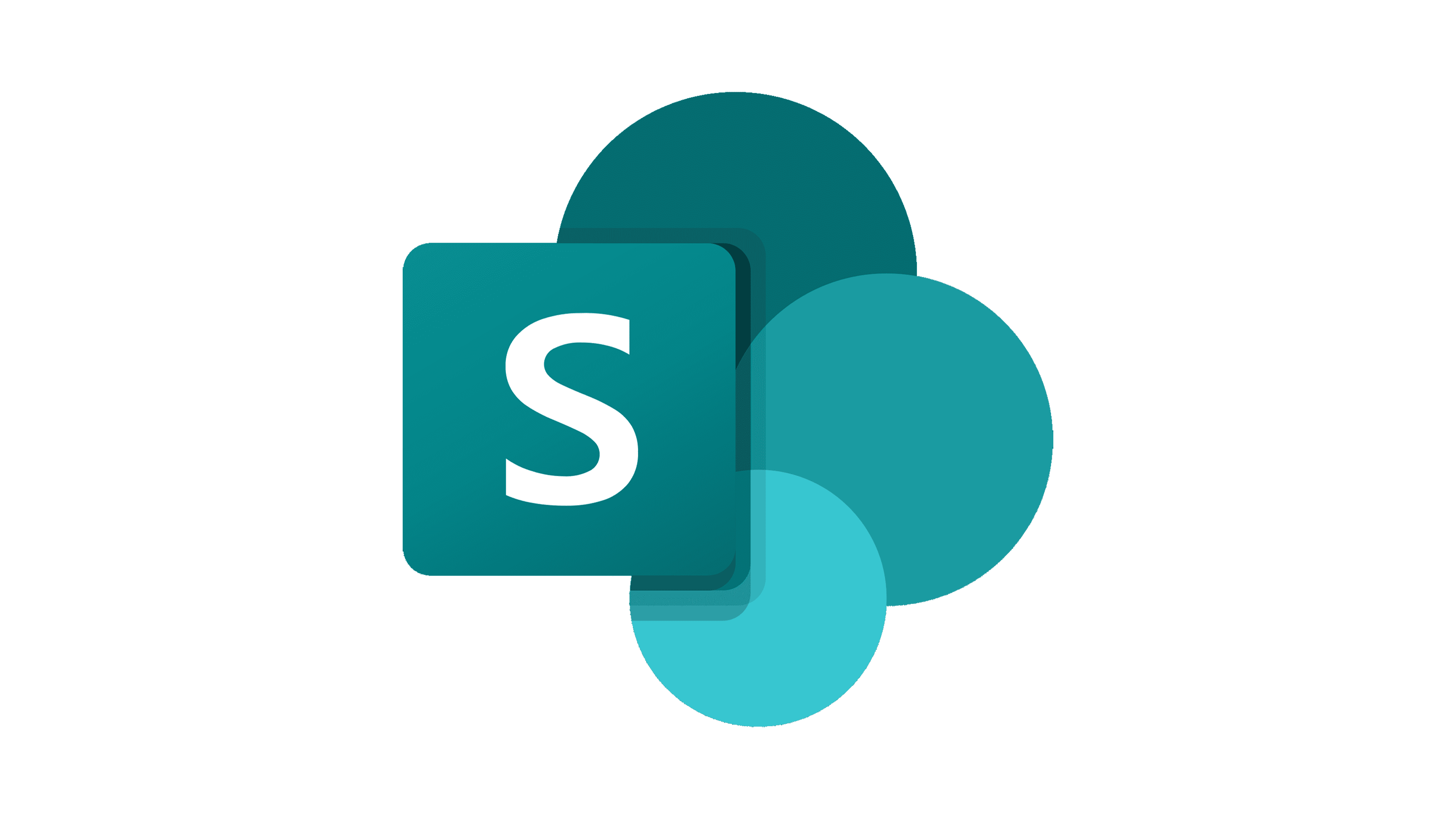SharePoint
Microsoft SharePoint is a robust platform that facilitates collaboration, content management, and business process automation. Initially launched in 2001, SharePoint has evolved into a versatile tool widely used by organizations to create intranet sites, manage documents, and streamline workflows. It enables teams to work together efficiently by offering a centralized space where documents can be stored, shared, and edited in real time.
Key features of SharePoint include document libraries, lists, and collaboration tools. Document libraries provide a secure environment for storing and organizing files, while version control and access permissions ensure that the right people have access to the right content. Lists allow teams to manage data and tasks, supporting everything from simple task tracking to complex project management.
SharePoint integrates seamlessly with other Microsoft products like Teams, Office 365, and Power Automate, enhancing its functionality. Users can create custom workflows, automate repetitive tasks, and build custom apps without needing deep technical skills. Additionally, SharePoint’s search capabilities make it easy to find information across large volumes of content.
Overall, Microsoft SharePoint is a powerful tool for enhancing productivity, fostering collaboration, and managing content effectively in both small and large organizations.


